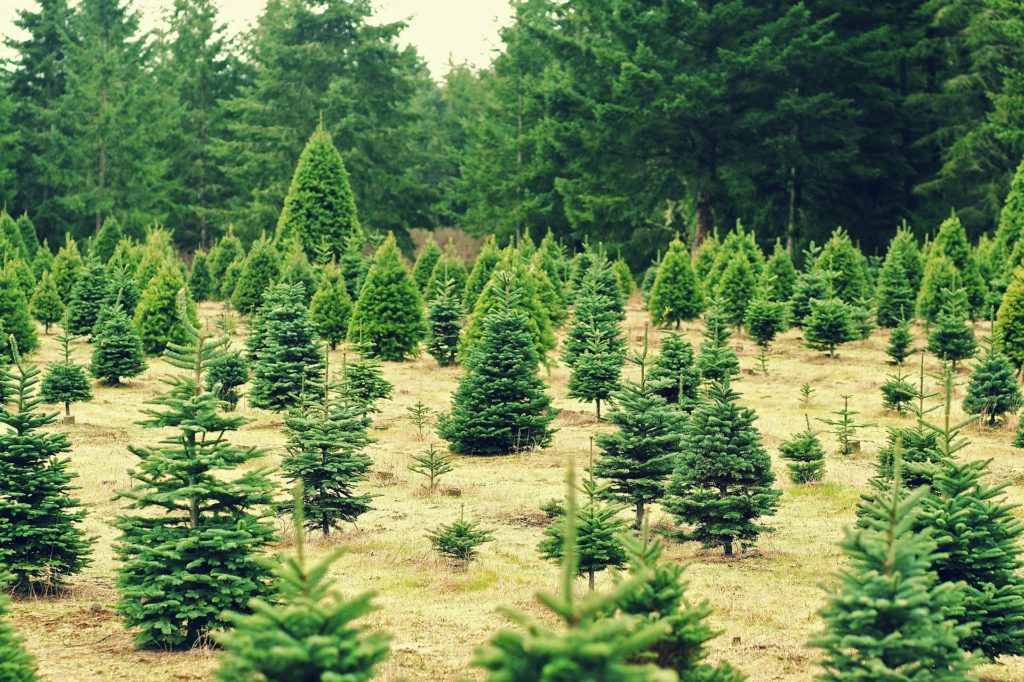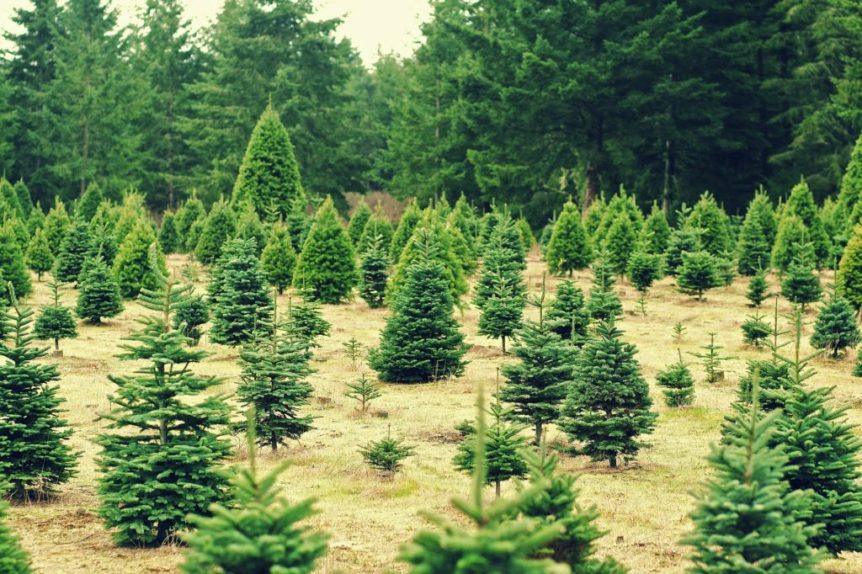By Clint Thompson
There’s already a substantial amount of Christmas tree production in Alabama. But considering how many homes are filled with artificial trees every year, there’s substantial room for growth, believes Jeremy Pickens, Alabama assistant Extension professor in horticulture at Auburn University.

Pickens continues to advocate for new plantings for producers who are looking to add to their specialty crop portfolio.
“As far as specialty crops go in the Southeast, I think there’s a lot of potential for Christmas trees. If you’re in an area and you already have a farm nearby, you’re going to have some direct competition, but I think there’s plenty of opportunities especially when you consider how many plastic trees there are in people’s homes during Christmas,” Pickens said. “That’s really the market that I’m wanting to go for. Get rid of the plastic trees and get some locally grown Christmas trees in people’s homes.

“If you look at that, the amount of live tress sold pales in comparison to the amount of artificial trees in folks homes. I think there’s a lot of potential for growth in that area.”
Statistically Speaking
According to the National Christmas Tree Association, there are approximately 25 to 30 million real Christmas trees sold every year and close to 350 million produced on Christmas tree farms in the U.S. However, 80% of artificial trees are manufactured in China, according to the U.S. Commerce Department.
Pickens wants more Christmas trees in production as also a way to support locally grown.
“People are wanting to support local businesses more. They want that farm experience with their kids to go out. These farms are selling out earlier and earlier every year. I do think there’s a lot of potential for this as a market in the Southeast,” Pickens said.










